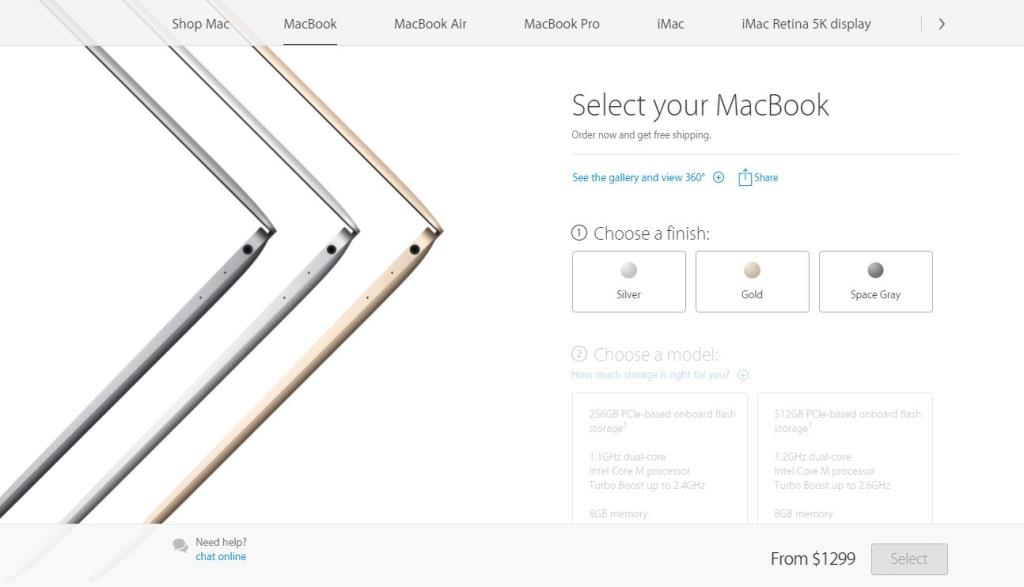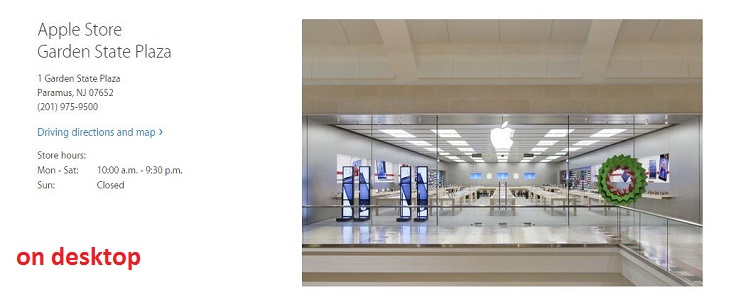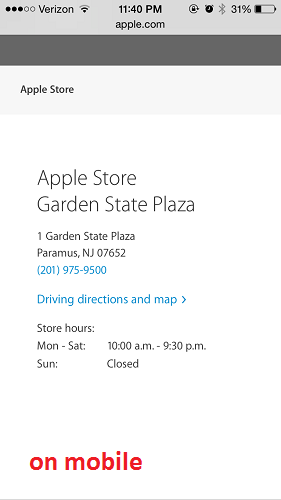The relevance and need for mobile-friendly design is apparent by all the staggering statistics I’m finding about mobile. For example, studies have proven that consumer behavior has shifted to integrate mobile in day-to-day activities, especially when it comes to Internet usage. In fact, get this:
60% of global mobile consumers use their mobile device as their primary or exclusive Internet source. Tweet this
But…this shouldn’t come as a surprise. People are addicted to their mobile devices. Think about it: have you ever gone anywhere without seeing someone on their phone, scrolling through their News Feed, or browsing the Internet?
Even when you think about your own habits, how many of you can honestly say that you don’t rely on your phone in some capacity?
As mobile technology becomes more accessible (and more advanced), people are not only consuming mobile products at a faster rate but also expecting more of mobile to help them accomplish their daily tasks. So what does this mean for businesses?
Here’s the long and short of it: Mobile matters.
While many businesses are now converting their sites to a mobile-friendly design, especially with Google’s mobile algorithm update, is this enough? No, it isn’t.
Businesses must consider how their web design on mobile fits in with their overall mobile marketing strategy. Here are 3 questions to get you started.
Question #1: How many people browse your site on a mobile device?
While every industry, business, and website may have varying amounts of mobile visitors, it is still necessary to dig into your own website data to figure out how many mobile visitors your site actually gets month over month.
Why does your mobile site traffic matter?
Because your mobile visitors are sales opportunities that many businesses are not capitalizing on… yet. Tweet this
Just as poor web design will negatively affect your online sales, so will a bad mobile user experience. Therefore, think of your mobile traffic as gained (or lost) online sales. In addition, when many businesses don’t even have a mobile-friendly website, your business has the opportunity to capture that mobile traffic and convert it into sales.
So what can you do about it?
Optimize users’ mobile experience by converting your website to a responsive design. This way, no matter the device, your website will adjust its layout according to the screen size (say goodbye to cut-off text and hard-to-click-on links!).
For more information on responsive design, read these:
Question #2: What is your mobile demographic like?
Before making any changes to your site, you should analyze your mobile visitors in order to determine whether your audience demographic changes on mobile.
If there is a difference, ask yourself this: Who are your mobile visitors? What are their ages? Do they skew male or female? What are they interested in? What languages do they speak?
Why does your mobile demographic matter?
Because not knowing your mobile demographic is like shooting blindly at a moving target and missing every shot. Tweet this
Great marketing relies on knowing your audience and aligning your messaging to speak to your audience, and mobile shouldn’t be any different.
So what can you do about it?
If your demographic changes based on device, alter your website content and mobile advertising to better speak to your mobile users. That way, when you’re driving mobile users to your site, the content they are seeing aligns with their specific demographic and needs.
Question #3: Why are people browsing your site on mobile instead of desktop?
While doing a responsive design conversion will make all the pages on your site mobile-friendly, that doesn’t mean that all your pages are created equal in terms of value. The page that generates the most leads and conversions might be different on mobile than on desktop.
What do I mean by this? Let’s go through an example.
Let’s say you’re a consumer in Saddle Brook, NJ interested in the latest MacBook. You want to do two things: research and (possibly) purchase the MacBook. You can fulfill both actions either on their website or in an actual Apple store.
Now, let’s do a role reversal and say you’re Apple, and your goal is to lead website visitors to purchase the latest MacBook. There are two pages that are the most important in leading consumers to purchase the MacBook, but their level of importance may differ depending on the device the consumer is viewing the page.

Apple’s product detail page will probably generate more desktop visitors and website conversions. The page isn’t mobile-friendly, but even so, it’s made with desktop users in mind, its layout and content placement intended to look appealing on a larger screen.


In comparison, Apple’s local Saddle Brook store details page will probably generate more mobile visitors and in-store conversions, because the user intent when they land on that page is to find a nearby Apple store to do their research and purchasing in-store. Additionally, while the page is also not technically mobile-friendly, when you scale the page down, it still displays the information a mobile visitor might need quickly and easily – namely the store’s address and phone number.
Why do mobile landing pages matter?
Because knowing where people enter your site on mobile gives you a better idea of not only which pages to optimize first but also how to optimize it. Tweet this
As displayed in the example above, a person’s search intent might differ based on device. What might be the most relevant on desktop might differ on mobile. Therefore, you need to analyze your website, determine which pages will drive the most mobile conversions, and optimize those pages first to reflect your mobile demographic and their search intent.
For additional info on mobile and how it impacts your business, read these: